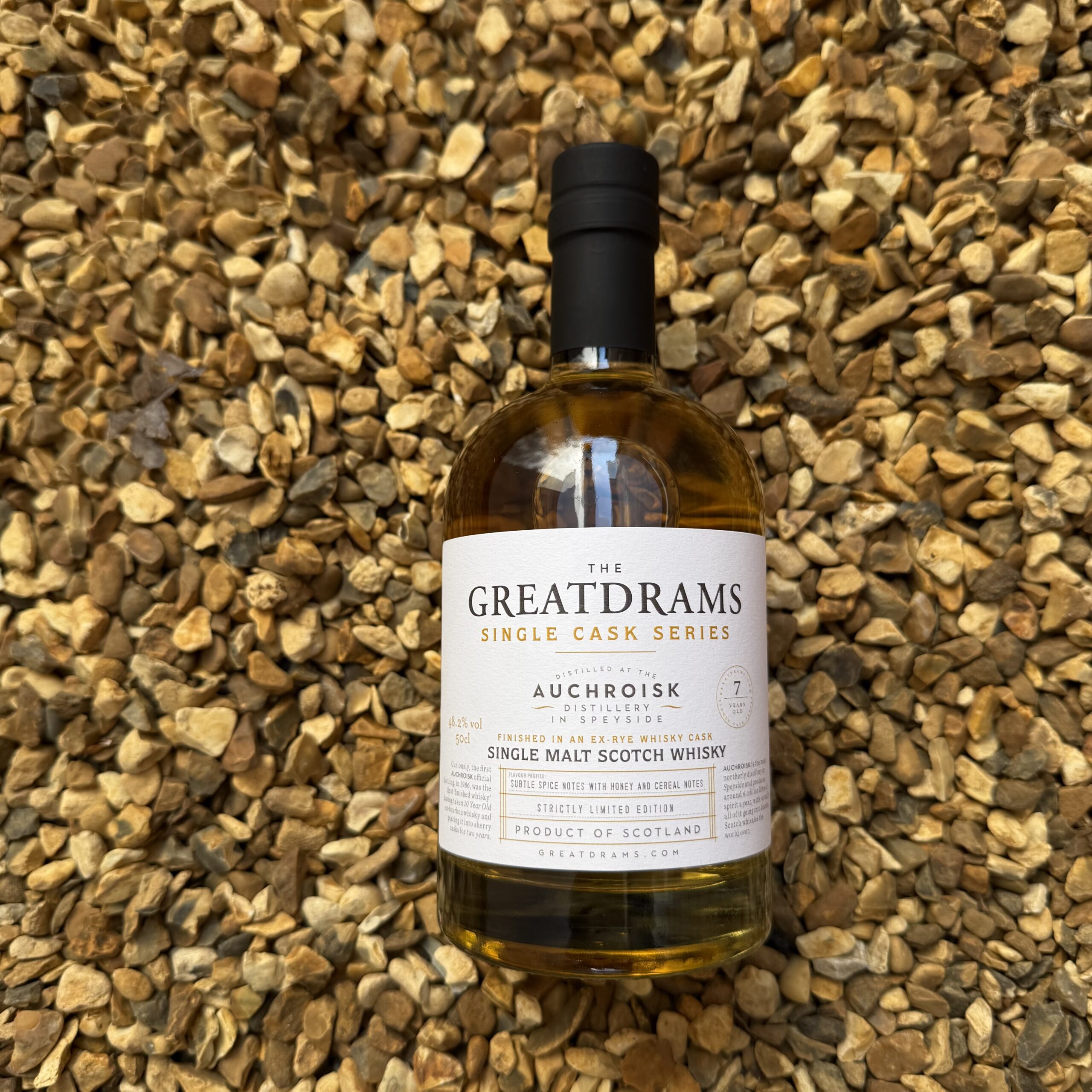The Glenlivet Distillery Story
This did not go unnoticed, and King George IV himself sought out a dram of Glenlivet malt when he visited the area in 1822
Off to a Good Start
The Glenlivet Distillery itself was founded by George Smith in 1824, or at least that was when his stills became legal after he purchased a license from the crown.
Smith had been distilling a few years prior to this, on the land he rented from the Duke of Richmond. It was actually the Duke who encouraged Smith to apply for a license, making him one of the first distillers to do so, and also the most hated man in Scotland.
His audacity in adhering to the law riled his local competitors so much that the Duke gave him two pistols to defend himself with. These can still be seen today in The Glenlivet’s visitor centre.
What’s in a Name?
But the move proved to be a good one for The Glenlivet, and the brand grew from producing 50 gallons a week, to 200 and within 20 years the distillery was forced to move to a larger site at Minmore Farm.
The Glenlivet continued to thrive and after the death of George in 1871, it passed to his son, John Gordon Smith. It was under John’s watchful eye that The Glenlivet actually became The Glenlivet.
This is because it was not uncommon for other distillers to use the success of The Glenlivet to sell their own creations, and many added the appendage “Glenlivet” to their brand names, or even just on its own.
The only way to combat this was be trademarking the name The Glenlivet, and this is exactly what John did.The courts agreed and from this point on, it was clear who the true Glenlivet was.
The distillery still holds an indenture from 1884 that was signed by local distillers that said they would not use the name The Glenlivet as the sole name of their Whisky.
From Strength to Strength
Despute encountering many hardships along the way, The Glenlivet continued to thrive. It overcame economic crashes, including the Pattison Crash in the 1890s, and later both the Great Depression and American Prohibition, which saw many distilleries close their doors.
During this time the distillery was under the instruction of Bill Smith grant, the second great-nephew of John. He was able to steer the good ship Glenlivet through the harshness of the early 20th century.
He had positioned The Glenlivet to become one of the strongest brands after prohibition was ended, and also at the end of the second world war.
Smith Grant is one of the reasons that The Glenlivet remains one of the most well respected distilleries around today.
Legacies Established
Under the guidance of all three of these men, The Glenlivet has been able to grow and expand. Today it is able to produce over eight million litres of Whisky a year, which is definitely an advance on the humble 50 gallons a week it started off with.


























8 thoughts on “The Glenlivet Distillery Story”